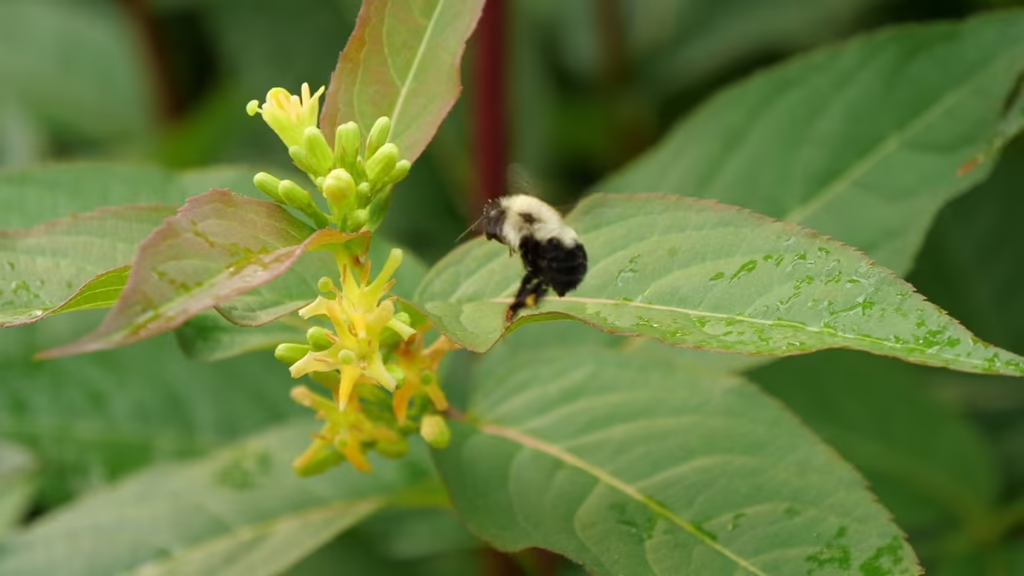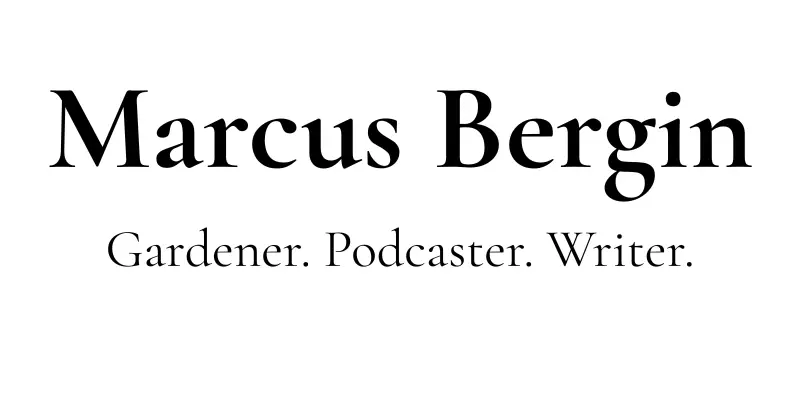Buzz in the Shade: Pollinator-Friendly Plants for Dappled Gardens

We often think of pollinator gardens as sun-drenched meadows — buzzing with bees over lavender, coneflowers, and daisies, all basking beneath clear skies. But if you’ve ever paused in a shaded garden and listened, you’ll know the truth: shade can buzz too.
Pollinators aren’t picky about sunshine. They follow the nectar. And that includes shady borders, damp woodlands, and cool corners where filtered light dances through trees. In my own gardens, I’ve watched bumblebees disappear into foxgloves growing against a north-facing wall. I’ve stood beside Pulmonaria at dawn, watching an early bee sip from its speckled blooms before the frost had even lifted.
Shaded spaces matter more than we give them credit for — not just for colour and calm, but for the wildlife that needs them.
Why Shade Gardens Matter for Pollinators
Shelter: Shady gardens offer refuge during heatwaves and storms — a quiet place for insects to rest and forage safely.
Early food sources: Many spring bloomers prefer light shade. Pulmonaria, Hellebores, and Tiarella offer nectar when pollinators need it most.
Seasonal variety: With thoughtful planting, you can provide nectar from February to October — even without full sun.
Nesting sites: Leaf litter, old stems, and quiet corners create vital habitats for overwintering bees, beetles, and moths.
Seven Go-To Pollinator Plants for Shade
These aren’t just beautiful. They’re useful — dependable nectar sources that thrive in dappled or part shade.
1. Pulmonaria (Lungwort) – Zones 3–8
Speckled leaves and clusters of pink-to-blue flowers in early spring. A life-saver for hungry bees emerging in March.
2. Lamium maculatum – Zones 3–8
Low-growing, long-blooming, and a favourite with bees. ‘Beacon Silver’ and ‘Ghost’ offer colour even in dense shade.
3. Geranium phaeum (Dusky Cranesbill) – Zones 4–8
Tolerates deeper shade than most and blooms reliably. A quiet powerhouse for hoverflies and solitary bees.
4. Digitalis purpurea (Foxglove) – Zones 4–9
Tall, dramatic, and adored by bumblebees. Ideal for part shade and naturalistic borders.
5. Tiarella cordifolia (Foamflower) – Zones 4–9
Delicate, frothy flowers in spring and lush foliage beneath. Great for groundcover and early nectar.
6. Aquilegia (Columbine) – Zones 3–9
Graceful and nectar-rich. Loved by bees and hummingbirds (where native). Mix with ferns and hostas for a woodland feel.
7. Heuchera villosa varieties – Zones 4–9
Some varieties send up wands of tiny blooms that draw in bees and hoverflies, especially in midsummer.
Tips for a Buzzier Shade Garden
Skip the sprays: Even ‘safe’ pesticides can confuse or harm beneficial insects
Be a little messy: Hollow stems, leaf litter, and mossy nooks provide nesting and shelter
Stagger your bloom times: Combine early (Pulmonaria), mid (Foxglove), and late-season (Actaea, Japanese Anemone) flowers
Add water: A shallow saucer filled with pebbles gives insects a safe place to drink
Final Thought: It Doesn’t Take Much
You don’t need a wildflower meadow to help pollinators. A shady bed, a patch beneath a tree, even a container by the door can offer something vital — a place to land, refuel, and carry on.
Shade gardens are often seen as difficult. But when planted with care, they can hum just as sweetly as any sunlit border.
What have you seen buzzing in your shade garden lately? Let us know in the comments of this Facebook post.
Happy Gardening.
— Marcus
